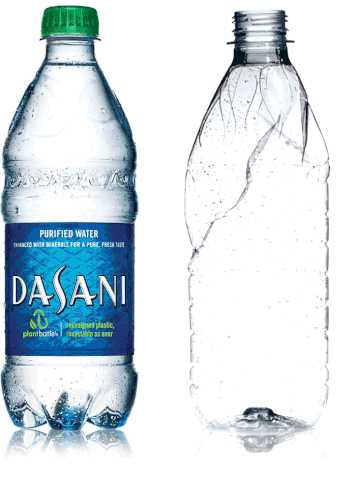Visitors are bound to have heard of the beautiful beaches at Kuta, Nusa Dua and Sanur, but there are more to Bali's soft sand and clear as glass water. Here we share some of our favorite local activities that will surely beat your jet-setter friend's sunset selfie!
1. Get a suntan like a local
Everyone knows that Bali has beaches; it's one of the main reasons people travel half way across the world to visit the Island of Gods. Whether it's the exotic black volcanic beaches of the west or the soft white sand beaches in the south, there's sure to be something for every type of beach-goer.
Forgo the overcrowded tourist spots and opt for one of these gorgeous hidden gems instead. It may take a little longer to get to but it's well worth the effort!
Green Bowl Beach
Auto Beach (via Manbutur Photography)
Geger Beach
2. Eat like a local
One of the ways to truly experience Bali is definitely through its cuisines. The two things that you have to definitely try are the Babi Guling (open-fire roasted suckling pig) and Nasi Campur (literally means "mixed rice" where 4-5 different vegetable and protein dishes are served on a bed of rice). Our top picks for warung (wahr-roong)—small, traditional food establishments—to go to are listed below.
Bonus: if you're hankering for some great seafood, look no further than the rows of seafood cafes at Jimbaran Beach. This area is perfect for sunset watching and it gets even more beautiful at night.
Babi Guling Selingsing Cepaka
Warung Made (Photo by @gunturutama)
Jimbaran seafood cafes
3. Keeping busy like a local
Immerse yourself in all the artistic mastery Bali has to offer. Learn how to do Batik—a painting technique to do prints on a piece of material, go try out pottery making, or practice your photography skills while biking through paddy fields.
Sari Api Ceramic Studio
Bali Eco Cycling

















































